Why Is the Basilica Cistern One of Istanbul’s Must-Visit Landmarks?
A Journey Through History: The Basilica Cistern’s Origins and Legacy
Commissioned by Emperor Justinian I in the 6th century, the Basilica Cistern was constructed to store and supply water to the Great Palace and other important buildings in the Byzantine Empire. This massive underground reservoir, capable of holding up to 80,000 cubic meters of water, exemplifies the engineering brilliance of the era. The cistern’s name, “Basilica,” stems from its location beneath a former basilica.
Table Of Content
- Why Is the Basilica Cistern One of Istanbul’s Must-Visit Landmarks?
- A Journey Through History: The Basilica Cistern’s Origins and Legacy
- Architectural Splendour of the Basilica Cistern
- Resilience Through the Ages
- Is the Basilica Cistern Still Filled with Water?
- Can You Walk at the Bottom of the Basilica Cistern?
- What Movies Featured the Basilica Cistern?
- Was the Basilica Cistern Ever Used for Anything Besides Water Storage?
- Modern Use and Archaeological Discoveries
- Visiting the Basilica Cistern
- Recommended Duration of Visit to the Basilica Cistern
- Plan Your Visit to the Basilica Cistern
- Why the Basilica Cistern Should Be on Your Istanbul Itinerary
Following the fall of the Byzantine Empire, the cistern fell into obscurity until its rediscovery in the 16th century by a French traveller. Over the centuries, it has evolved from a functional water source to a revered historical landmark. Today, it attracts millions of visitors annually, eager to explore its architectural and historical splendour.
Architectural Splendour of the Basilica Cistern
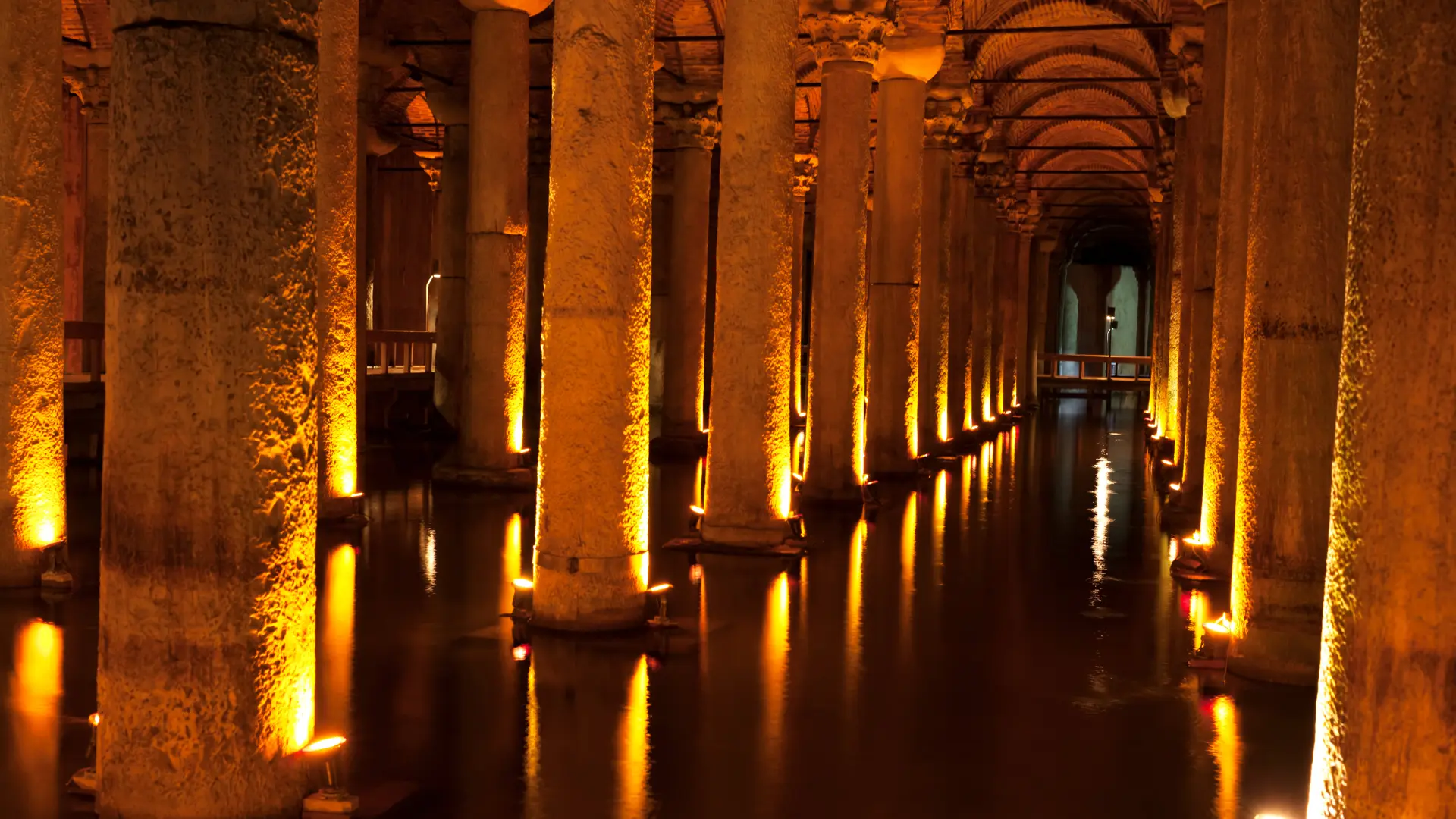
The Basilica Cistern is an underground chamber measuring 138 meters long and 64.6 meters wide. Its roof is supported by 336 marble columns, each standing 9 meters tall and arranged in 12 rows of 28 columns. Many columns are adorned with intricate carvings, showcasing the artistry of the Byzantine period.
Its most famous features are the enigmatic Medusa head carvings that serve as column bases. Positioned sideways and upside down, their placement has sparked numerous theories, from symbolic interpretations to practical purposes. Equally notable is the Weeping Column, distinguished by its tear-like engravings. This column is believed to commemorate the hundreds of slaves who perished during the cistern’s construction, serving as a poignant reminder of the human cost behind this engineering marvel.
Resilience Through the Ages
Since its construction, the Basilica Cistern has withstood approximately 22 significant earthquakes, a testament to the advanced engineering techniques of its builders. This resilience underscores the enduring legacy of Byzantine craftsmanship and their mastery of structural design.
Is the Basilica Cistern Still Filled with Water?
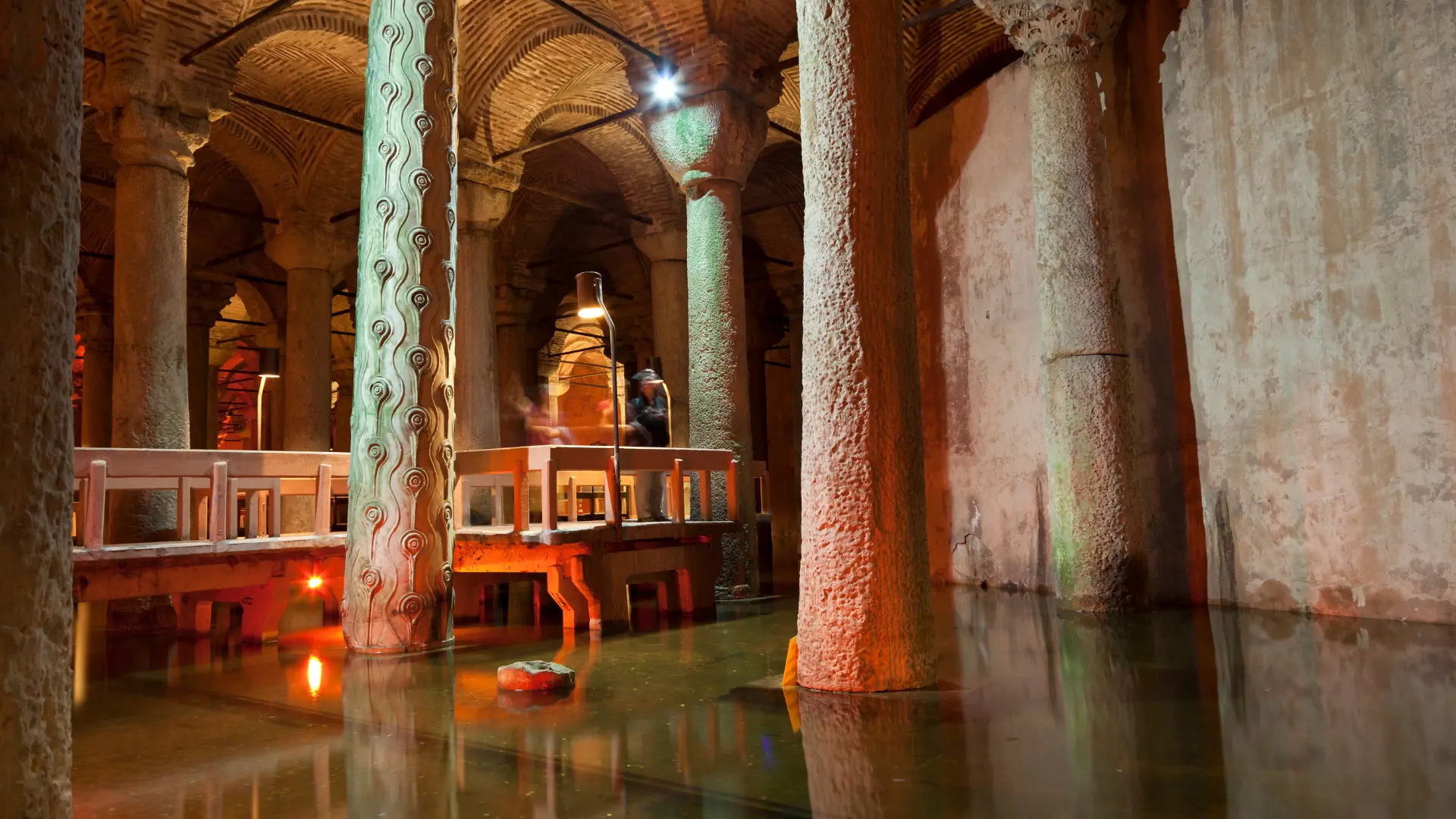
Yes, the Basilica Cistern still holds water, although the level is shallow and maintained primarily for aesthetic purposes. The reflective pool amplifies the ethereal ambience, with light shimmering off the water’s surface to create an enchanting effect. Visitors can admire this mesmerizing sight while traversing the wooden walkways that wind through the chamber.
Can You Walk at the Bottom of the Basilica Cistern?
Walking on the bottom of the Basilica Cistern is impossible, as parts of it remain submerged. Instead, visitors are guided along elevated wooden walkways that provide a safe and accessible way to explore the cistern. These pathways offer stunning views of the towering marble columns and the shimmering pool below, ensuring a memorable experience.
What Movies Featured the Basilica Cistern?
The Basilica Cistern has captured the imagination of filmmakers and appeared in several prominent movies. Among the most famous are the James Bond film “From Russia with Love” and Ron Howard’s adaptation of Dan Brown’s Inferno. These films utilized the cistern’s eerie yet majestic atmosphere as a dramatic backdrop, further cementing its cultural significance and allure.
Was the Basilica Cistern Ever Used for Anything Besides Water Storage?
The Basilica Cistern has served multiple purposes over the centuries. Originally designed to store water for the Great Palace and nearby structures, it was later repurposed during the Ottoman era as a mint and storage facility. Archaeological dives have revealed hidden treasures, including pottery shards, Byzantine symbols, and other artefacts that shed light on its diverse roles throughout history.
Modern Use and Archaeological Discoveries
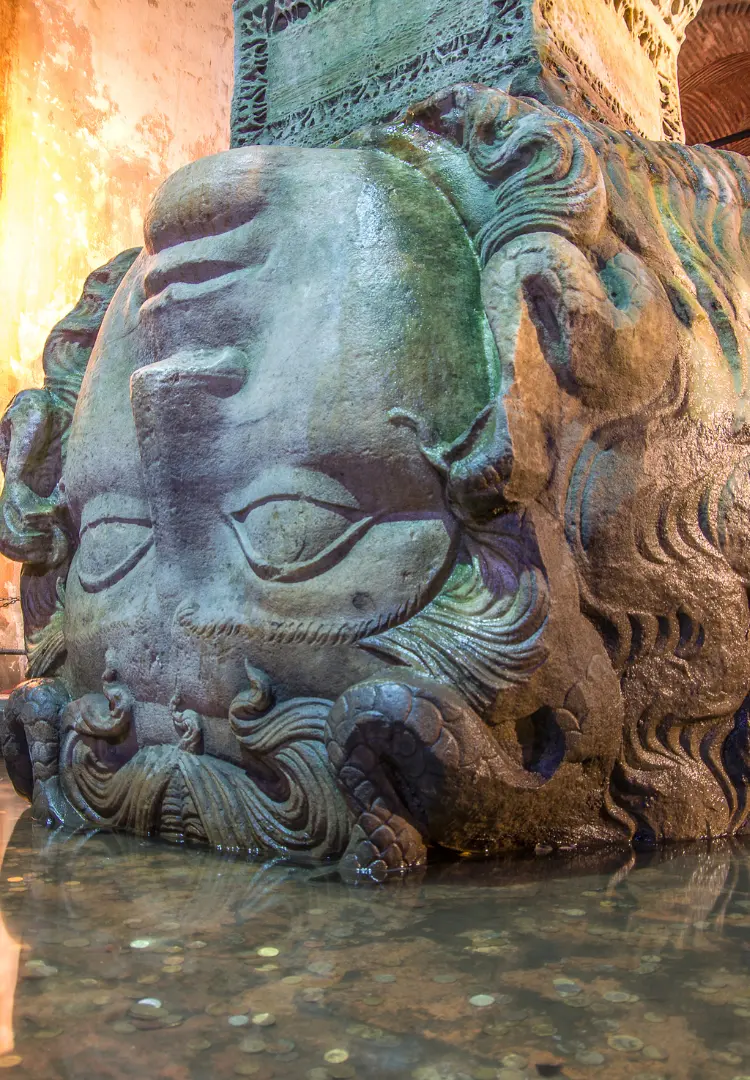
Today, the Basilica Cistern is a thriving tourist attraction and cultural venue, hosting events and exhibitions that blend history with modernity. Archaeological explorations have unearthed a wealth of artefacts, including Byzantine pottery and a sunken column adorned with symbols, providing deeper insights into the cistern’s storied past.
Visiting the Basilica Cistern
Situated near the Hagia Sophia in the historic Sultanahmet district, the Basilica Cistern is easily accessible for those exploring Istanbul’s landmarks. Guided tours are available, offering in-depth knowledge of its history and architecture. The tranquil ambience provides a serene escape from the city’s hustle and bustle, making it a must-visit destination.
Recommended Duration of Visit to the Basilica Cistern
A visit to the Basilica Cistern typically lasts between 30 minutes to an hour. Guided tours often take about 30 minutes, providing fascinating insights into the cistern’s history, architecture, and cultural significance. After the tour, visitors can continue to explore the site at their own pace, soaking in its tranquil and mysterious atmosphere.
Plan Your Visit to the Basilica Cistern
The Basilica Cistern is open daily, with varying hours depending on the season. Tickets can be purchased online or at the entrance. Be sure to check for any guided tours or special exhibitions that might enhance your visit.
Why the Basilica Cistern Should Be on Your Istanbul Itinerary
The Basilica Cistern is more than an architectural marvel; it is a journey through time that showcases the brilliance and artistry of ancient civilizations. Whether you’re a history enthusiast, architecture admirer, or curious traveller, visiting this underground treasure is bound to leave a lasting impression.
Plan your visit and uncover why the Basilica Cistern remains one of Istanbul’s most enchanting sites.
Extremely motivated to constantly develop my skills and grow professionally. I try to build my knowledge, flexibility, and interpersonal skills through several projects and within different teams.



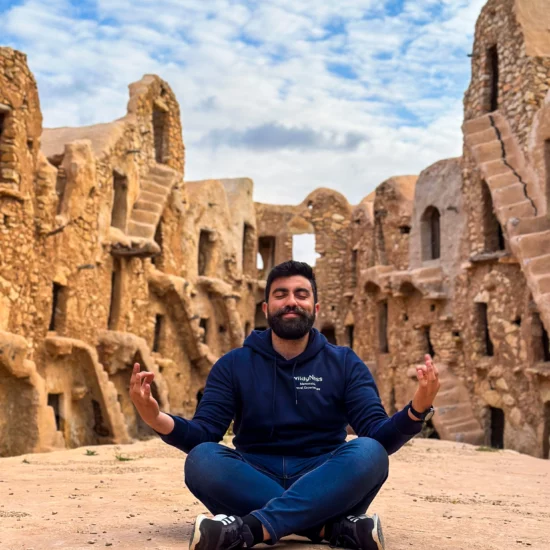
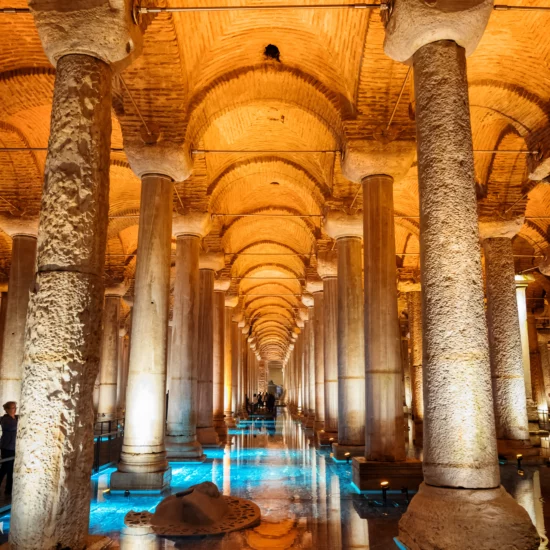
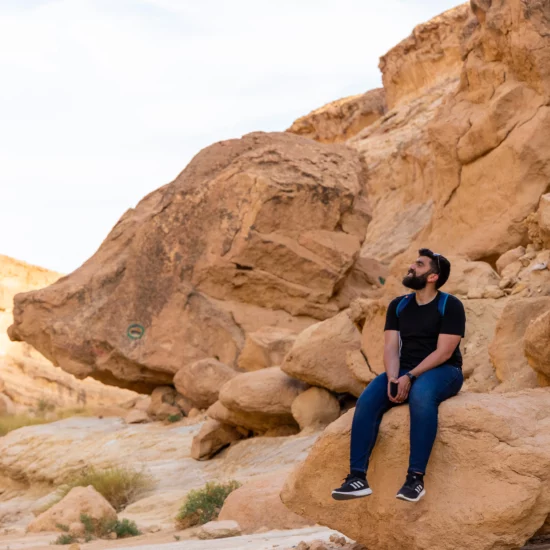
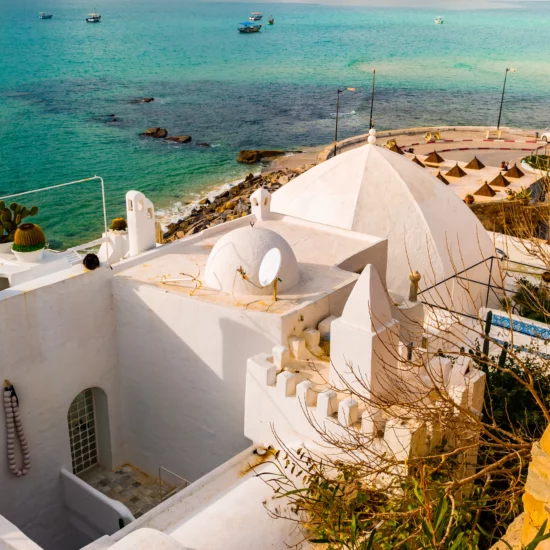

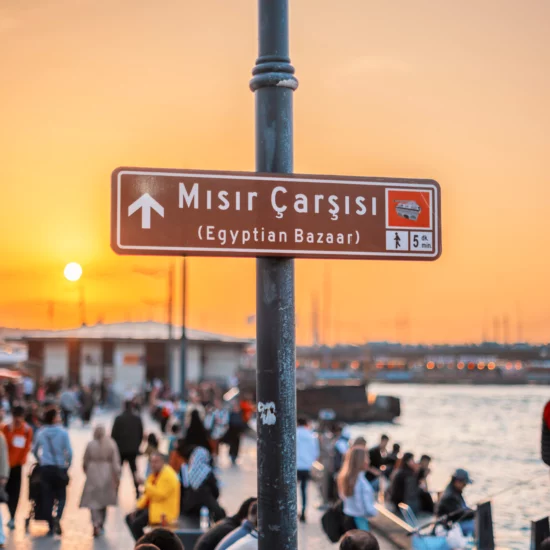


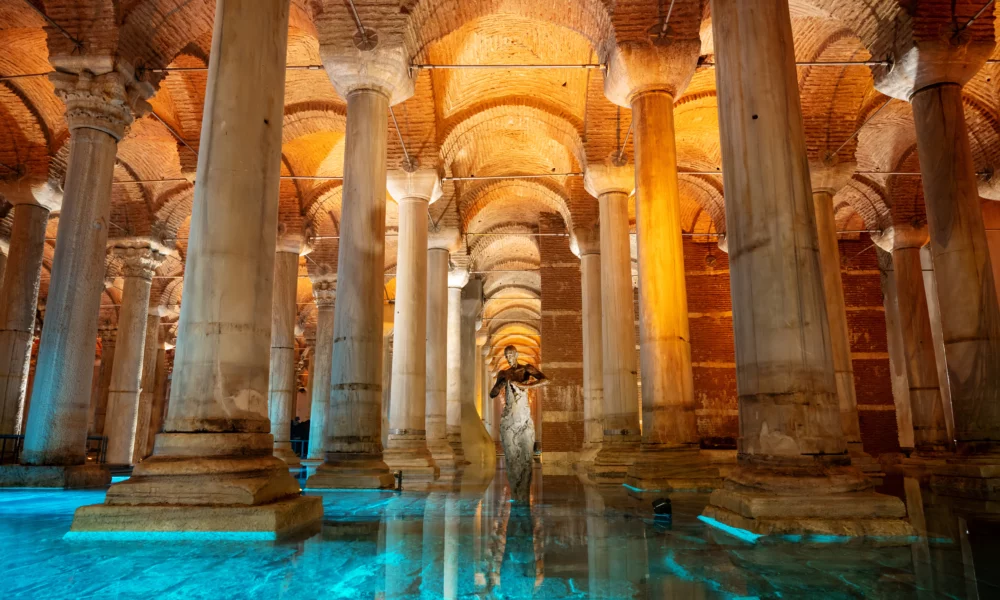
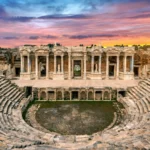


No Comment! Be the first one.